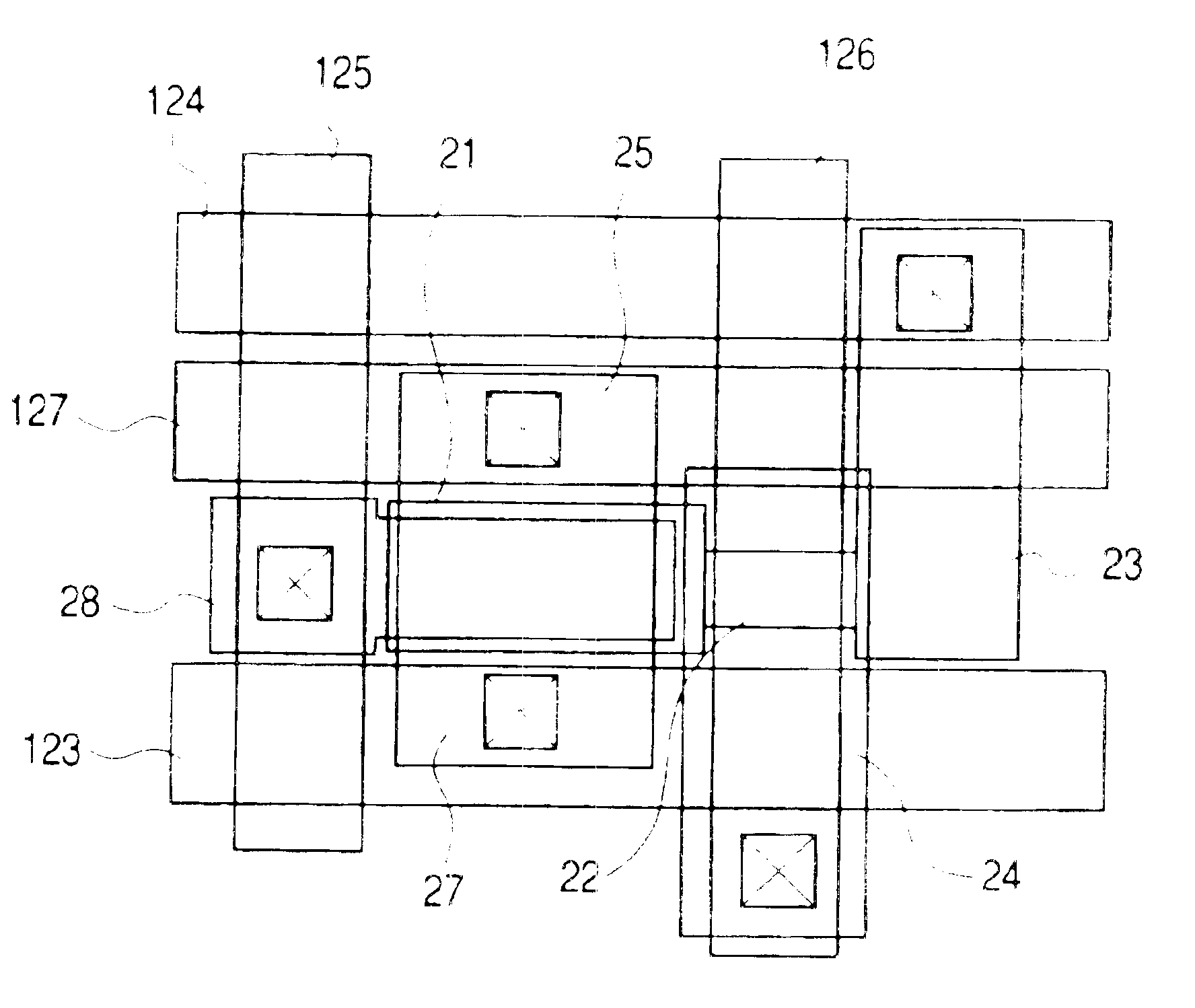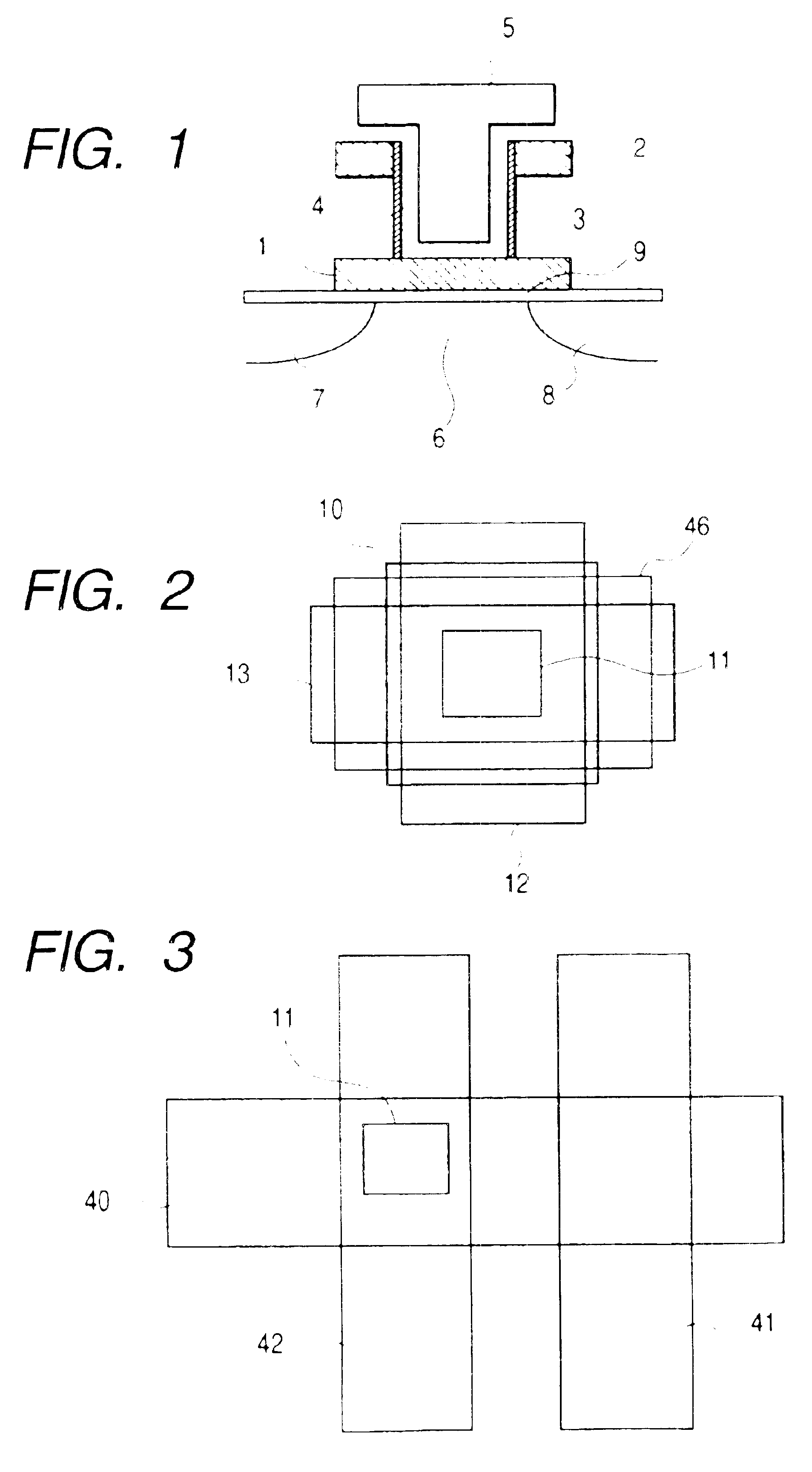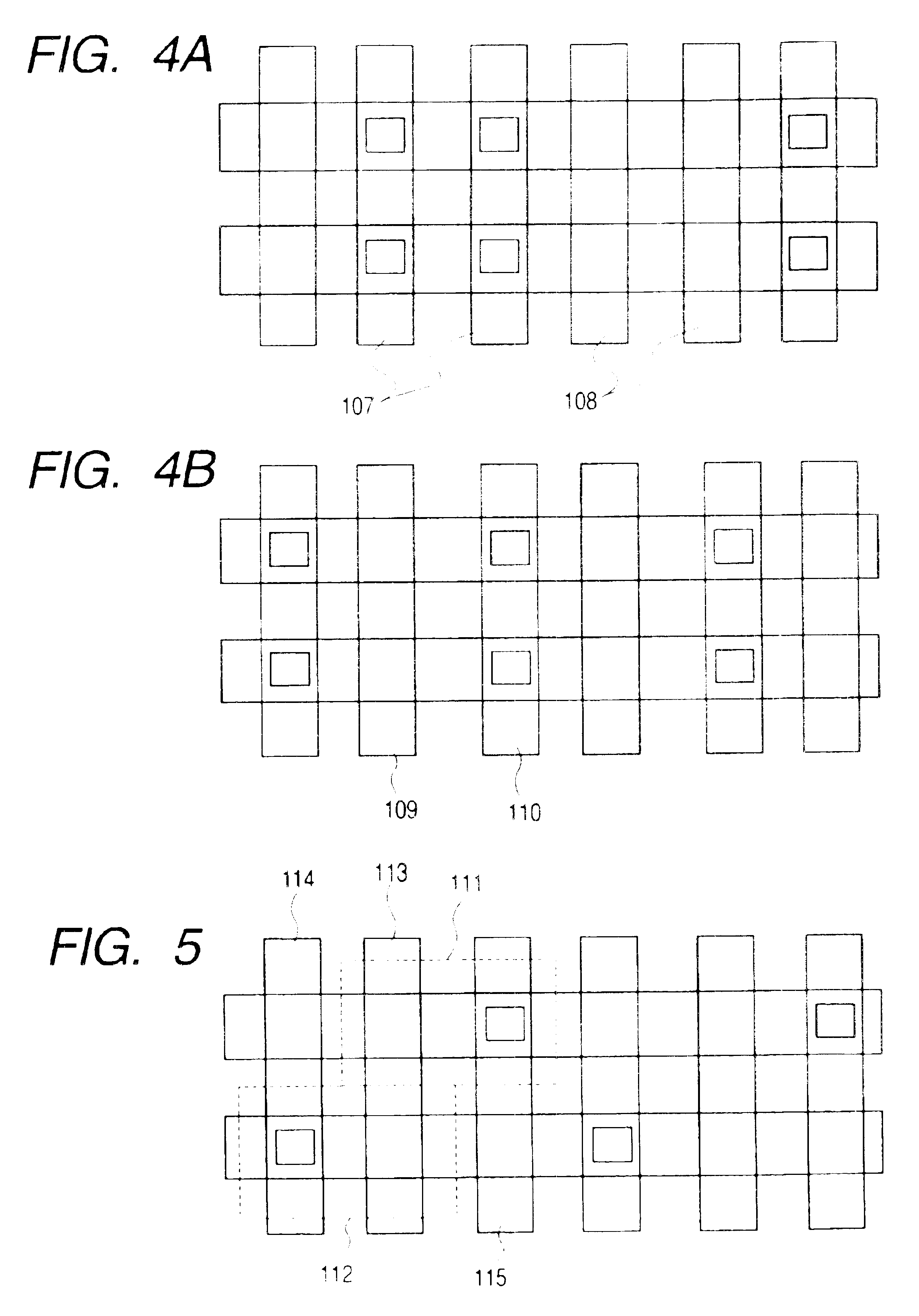Gain cell type non-volatile memory having charge accumulating region charged or discharged by channel current from a thin film channel path
a non-volatile memory and channel current technology, applied in semiconductor devices, solid-state devices, instruments, etc., can solve the problems of increasing leak current flow, narrowing the depletion layer width, and increasing the density of the substrate, so as to reduce the leak current
- Summary
- Abstract
- Description
- Claims
- Application Information
AI Technical Summary
Benefits of technology
Problems solved by technology
Method used
Image
Examples
first embodiment
Semiconductor elements and semiconductor devices specifically embodying the invention are described below. FIG. 23 is a cross-sectional view of a semiconductor element practiced as the first embodiment of the invention. Using an SOI substrate, the semiconductor element includes a source region 300, a drain region 201 and a channel 202 made of single crystal and deposited on an SiO2 film 204. The source 200 and drain 201 are n-type regions of high impurity density. The channel 202 is a p-type channel 4 nm in average thickness, thinner than the source 200 or drain 201 region. A control electrode 203 is constituted by n-type polycrystal silicon of high impurity density. The channel 202 is isolated from the control electrode 203 by a gate insulating film 205 composed of an SiO2 film.
The first embodiment is the same as the common n-channel MOS in that application of a positive voltage to the control electrode 203 turns on the transistor to permit a current flow between the source 200 and...
second embodiment
FIGS. 26A and 26B show a semiconductor element practiced as the second embodiment of the invention. FIG. 26A is a cross-sectional view of the semiconductor element. Unlike the first embodiment that had the source 200, drain 201 and channel 202 formed on the SOI substrate surface, the second embodiment has a source 208, a drain 209 and a channel 210 formed by polycrystal silicon deposited on an, SiO2 layer 214. The source 208 and drain 209 are n-type regions of high impurity density. The channel 210 is made of a non-doped polycrystal silicon film 3 nm in average thickness. The channel portion is deposited in an amorphous state and crystallized later by a heating process. As opposed to the first embodiment in which a thicker silicon film was thinned down to form the channel, the second embodiment need only have a thin film deposited for channel formation and thus entails simpler fabrication processes. The second embodiment is equivalent to the first embodiment in that all channels are...
third embodiment
FIGS. 27A and 27B depict a memory cell structure of a semiconductor memory device practiced as the third embodiment of the invention. FIGS. 27A and 27B are a cross-sectional view and a circuit diagram of the memory cell structure respectively. The transistor of the first embodiment is used as a switching transistor 216 of a DRAM as the third embodiment. Generally, the DRAM retains data by accumulating electrical charges in each of its capacitors 215. The charges gradually dissipate in the form of leak currents through the switching transistor. To hold its data, today's common DRAM has its charges refreshed in cycles of slightly less than one second. The third embodiment affords a prolonged refresh cycle because of reduced leak currents through transistors. That in turn lowers the refresh frequency and decreases power dissipation for data retention. At the same time, the frequency of contention between access and refresh operations is also lowered, which reduces the average access ti...
PUM
 Login to View More
Login to View More Abstract
Description
Claims
Application Information
 Login to View More
Login to View More - R&D
- Intellectual Property
- Life Sciences
- Materials
- Tech Scout
- Unparalleled Data Quality
- Higher Quality Content
- 60% Fewer Hallucinations
Browse by: Latest US Patents, China's latest patents, Technical Efficacy Thesaurus, Application Domain, Technology Topic, Popular Technical Reports.
© 2025 PatSnap. All rights reserved.Legal|Privacy policy|Modern Slavery Act Transparency Statement|Sitemap|About US| Contact US: help@patsnap.com



